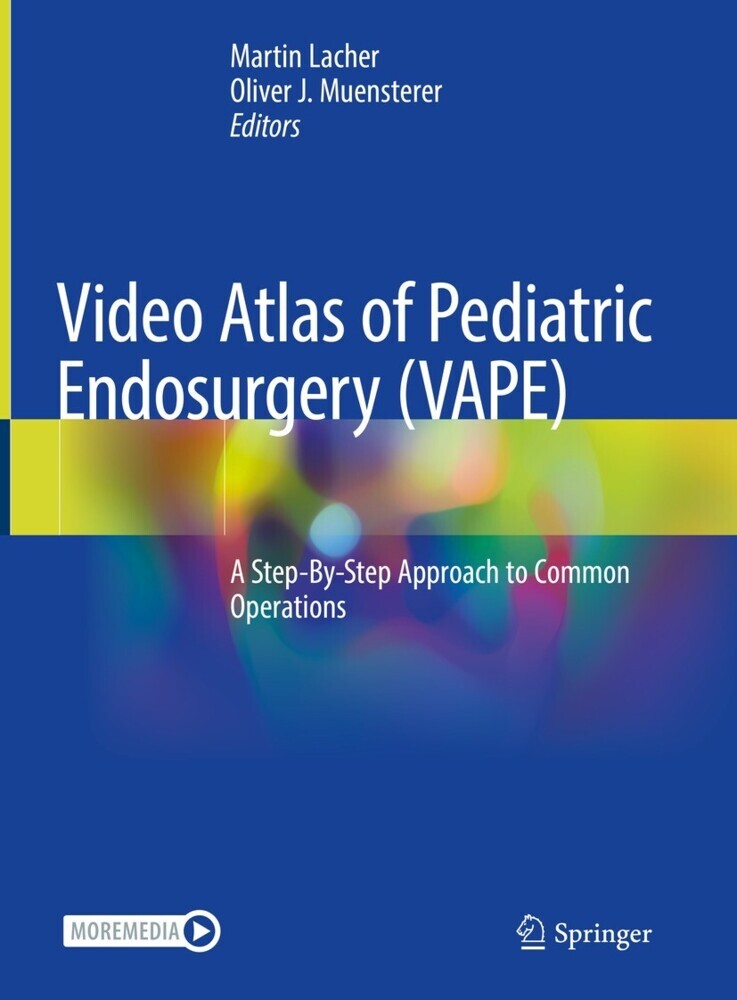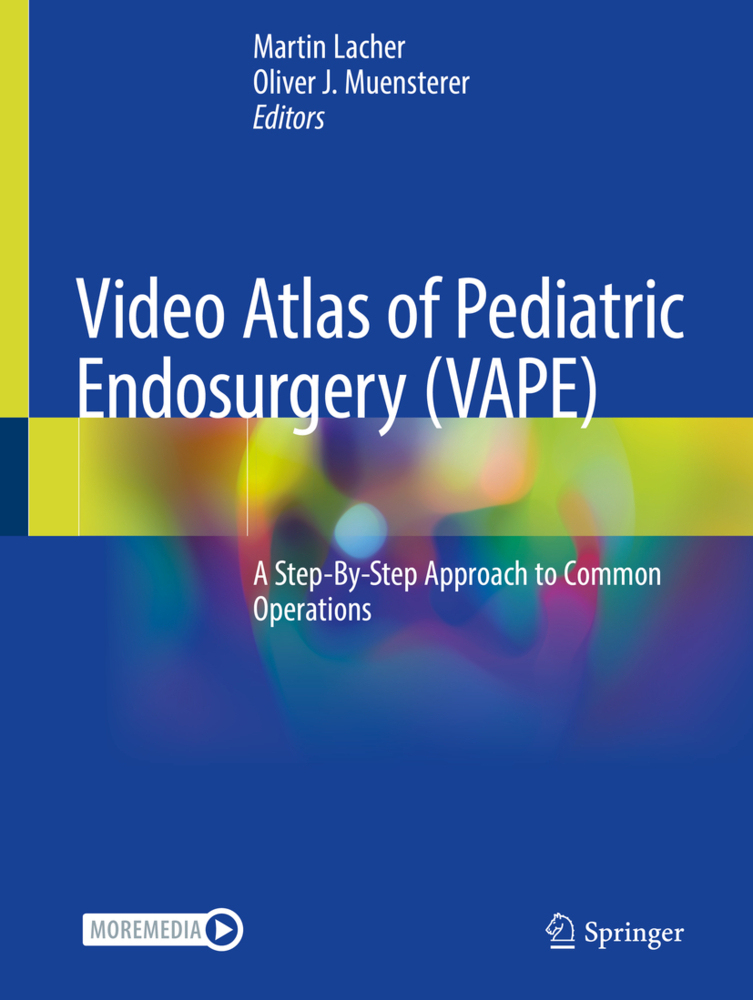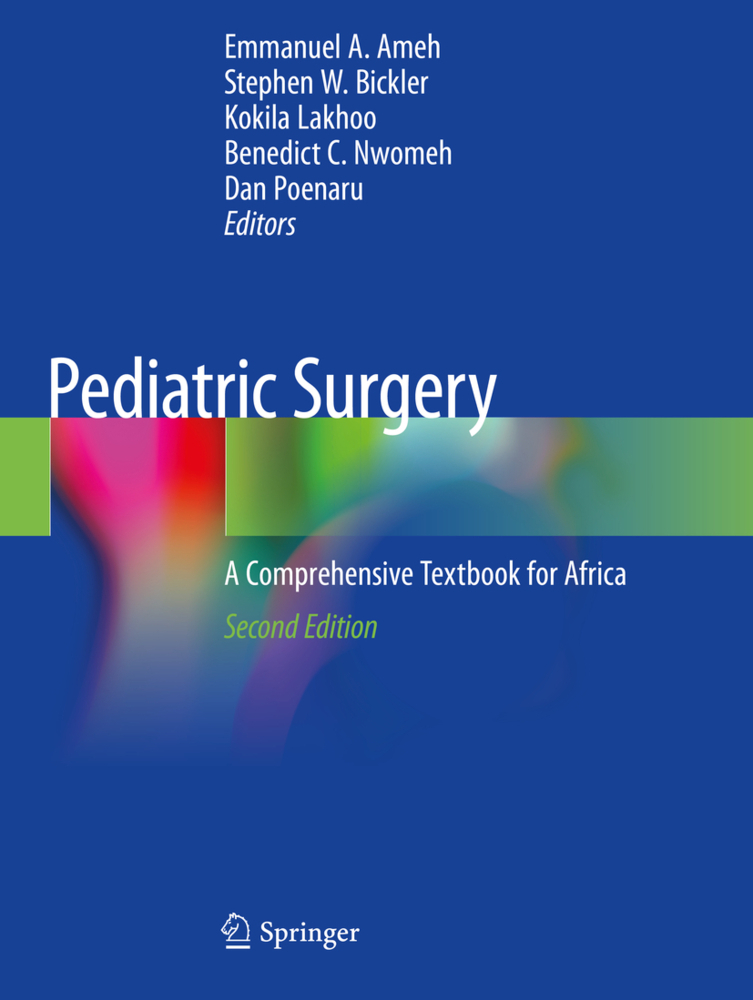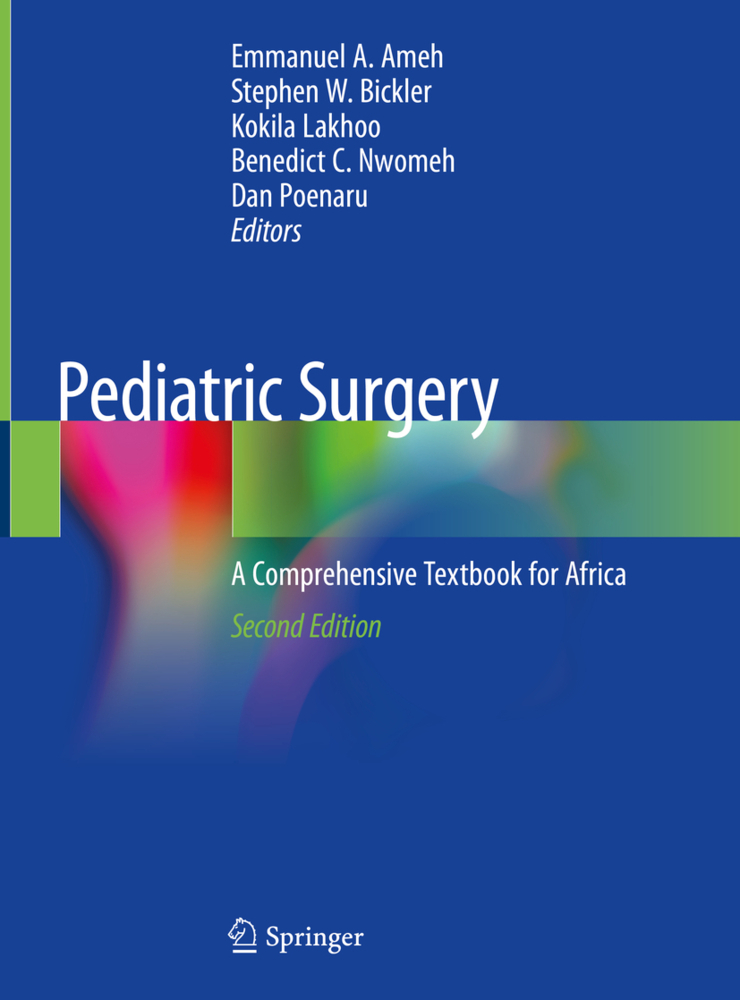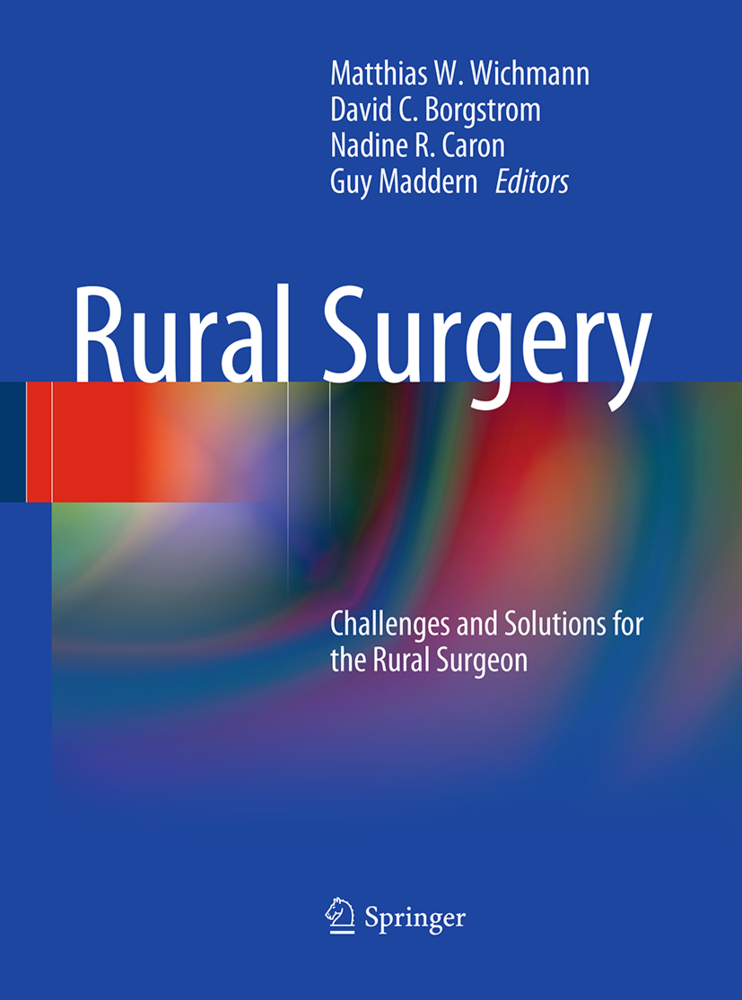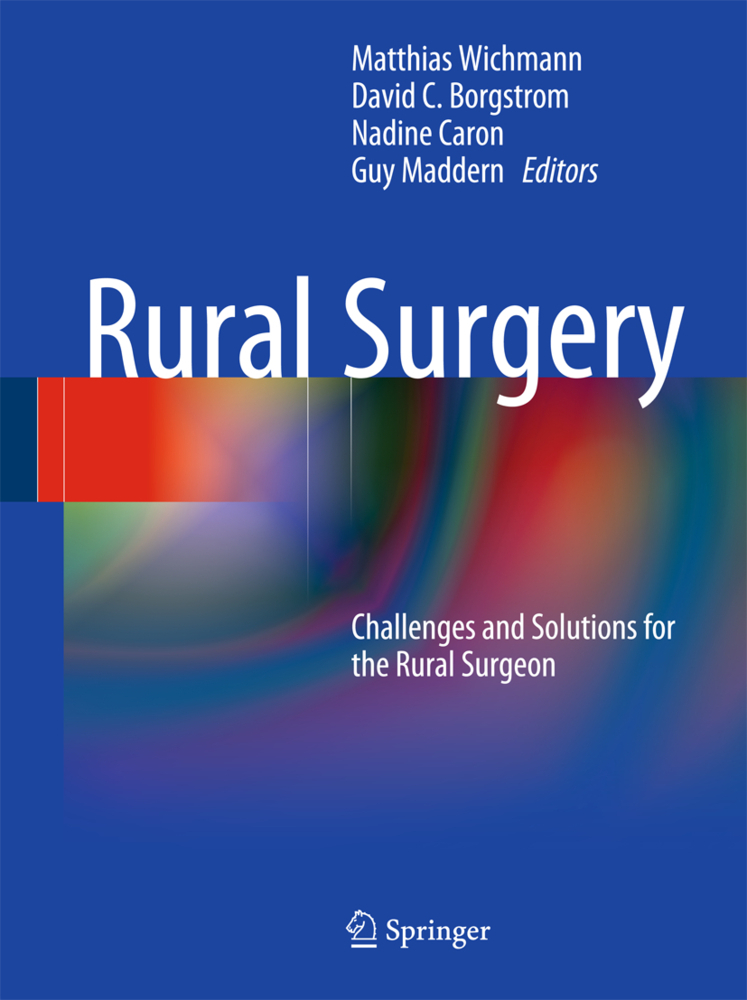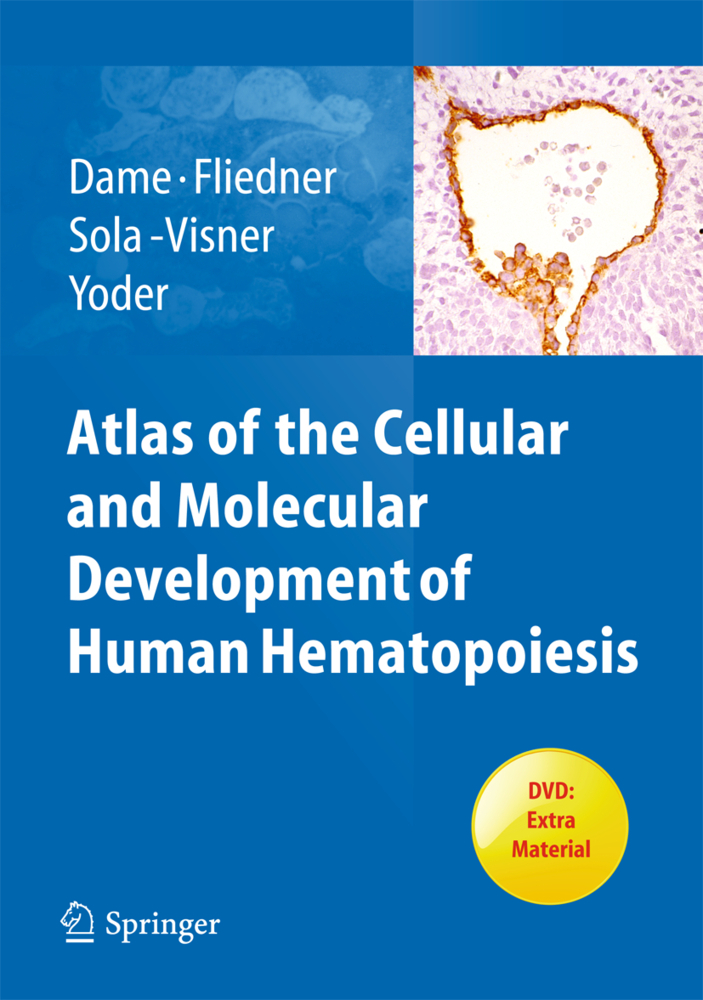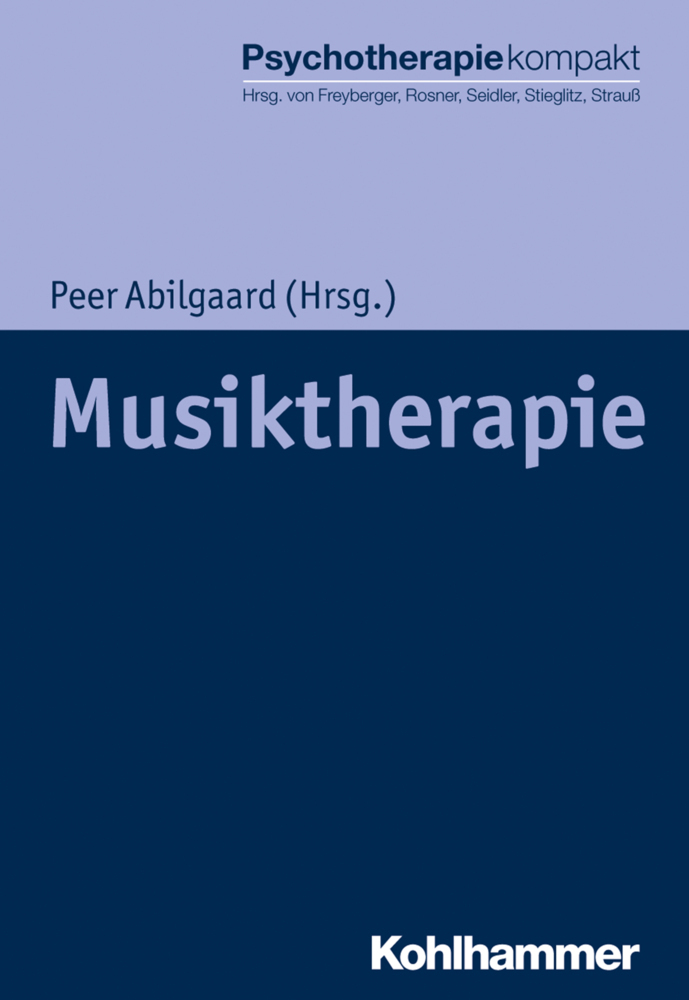Video Atlas of Pediatric Endosurgery (VAPE)
Videos and more: Download the free Springer Nature More Media App - Scan dedicated images in this book to stream videos or access and download supplementary material.
Martin Lacher received his medicine degree from the University of Cologne and successfully completed the United States Medical Licensing Exam (USMLE). From 2002-2010 he underwent surgical training in General Surgery and Pediatric Surgery. From 2010 to 2011 he successfully completed a Fellowship in Pediatric Endosurgery at the University of Alabama at Birmingham/USA. In the years 2012-2015 he worked as a staff surgeon at the Department of Pediatric Surgery at Hannover Medical School. Since October 2015 he is surgeon in chief and director of the department of pediatric surgery at the University of Leipzig, Germany. Martin Lacher is board certified for both Pediatric Surgery and General Surgery. He has participated in surgical missions in various countries including Vietnam, China, Tanzania and North Korea. His research activities started with investigating genetic and non-genetic causes of inflammatory bowel diseases and Hirschsprung´s disease. Martin Lacher is chair of the research committee of the International Pediatric Endosurgery Group (IPEG). For his PhD thesis on the genetics of inflammatory bowel diseases he received the Richard Drachter award of the German Society for Pediatric Surgery in 2012. Martin Lacher is reviewer of a variety of surgical peer-reviewed journals, editorial board member of the European Journal of Pediatric Surgery and editor-in-chief of the European Journal of Pediatric Surgery Reports.
Oliver Muensterer received his medical degree from the University of Alicante, Spain and the the Ludwig-Maximilians-University of Munich, Germany in 1994. He trained in General surgery at the Washington Hospital Center in Washington, DC and completed a pediatric residency at Duke University in Durham, North Carolina. He complemented his pediatric surgery training at the von Hauner Children's Hospital in Munich with a fellowship in pediatric endosurgery at the University of Alabama at Birmingham, USA. He is board certified in pediatrics, pediatric surgery, and sports medicine. He served as a staff pediatric surgeon at the University of Leipzig from 2006-2008, before becoming assistant professor of pediatric surgery at the University of Alabama at Birmingham in 2008, and associated professor of pediatric surgery at the Weill Cornell Medical College in New York, USA in 2011. In 2014, he accepted the position of chairman and professor of pediatric surgery at the Johannes Gutenberg University of Mainz. Oliver Muensterer has a particular interest in pediatric foregut issues and pediatric trauma. His research focuses on esophageal atresia, Multiphoton microscopy for Hirschsprung disease and pediatric solid tumors, as well as telemedicine and other innovative techniques. He is an active ATLS instructor and examiner for the European Board of Pediatric Surgery. He participates in the activities of several professional societies and serves on a variety of editorial boards.
1;Foreword;62;Foreword;73;Preface;84;Contents;95;Part I: Foregut;135.1;1: Laparoscopic Nissen Fundoplication;145.1.1;1.1 Indications for Fundoplication;145.1.2;1.2 Preoperative Workup and Considerations;145.1.3;1.3 Anesthetic Considerations;155.1.4;1.4 Operative Technique;155.1.4.1;1.4.1 Equipment;155.1.4.2;1.4.2 Positioning;155.1.4.3;1.4.3 Trocar Placement;155.1.4.4;1.4.4 Operative Milestones;165.1.5;1.5 Postoperative Care;175.1.6;1.6 Pearls/Tips & Tricks;185.1.7;1.7 Pitfalls & Ways to Avoid;185.1.8;References;185.2;2: Laparoscopic Toupet Fundoplication;195.2.1;2.1 Indications for Laparoscopic Approach to Toupet Fundoplication;195.2.2;2.2 Preoperative Workup and Considerations;195.2.3;2.3 Anesthetic Considerations;195.2.4;2.4 Operative Technique;205.2.4.1;2.4.1 Equipment;205.2.4.2;2.4.2 Positioning;205.2.4.3;2.4.3 Trocar Placement;205.2.4.4;2.4.4 Operative Milestones;205.2.5;2.5 Postoperative Care;215.2.6;2.6 Pearls/Tips & Tricks;225.2.7;2.7 Pitfalls & Ways to Avoid;225.2.8;References;225.3;3: Laparoscopic Thal Fundoplication;235.3.1;3.1 Indications for Laparoscopic Thal Fundoplication;235.3.2;3.2 Preoperative Workup and Considerations;235.3.3;3.3 Anesthetic Considerations;235.3.4;3.4 Operative technique.;245.3.4.1;3.4.1 Equipment;245.3.4.2;3.4.2 Positioning;245.3.4.3;3.4.3 Trocar Placement;255.3.4.4;3.4.4 Operative Milestones;255.3.5;3.5 Postoperative Care;275.3.6;3.6 Pearls/Tips & Tricks;275.3.7;3.7 Pitfalls & Ways to Avoid;275.3.8;References;275.4;4: Laparoscopic Heller Myotomy;285.4.1;4.1 Evidence on Outcome for Laparoscopic Heller Myotomy;285.4.2;4.2 Preoperative Workup and Considerations;285.4.3;4.3 Anesthetic Considerations;285.4.4;4.4 Operative Technique Equipment;285.4.5;4.5 Positioning;295.4.6;4.6 Trocar Placement;295.4.7;4.7 Operative Milestones;295.4.8;4.8 Postoperative Care;305.4.9;4.9 Pearls/Tips & Tricks;315.4.10;4.10 Pitfalls & Ways to Avoid;315.4.11;References;315.5;5: Foregut Duplication or Esophageal Duplication;325.5.1;5.1 Indications for Thoracoscopic Approach to Esophageal Duplication;325.5.2;5.2 Preoperative Workup and Considerations;325.5.3;5.3 Anesthetic Considerations;325.5.4;5.4 Operative Technique;335.5.4.1;5.4.1 Equipment;335.5.4.2;5.4.2 Positioning;335.5.4.3;5.4.3 Trocar Placement;335.5.4.4;5.4.4 Operative Milestones;335.5.5;5.5 Postoperative Care;345.5.6;5.6 Pearls/Tips & Tricks;355.5.7;5.7 Pitfalls & Ways to Avoid;355.5.8;References;355.6;6: Nutritional Access Procedures;365.6.1;6.1 Indications for Endoscopic and Laparoscopic Assisted Approach to Nutritional Access;365.6.2;6.2 Preoperative Workup and Considerations;365.6.3;6.3 Anesthetic Considerations;365.6.4;6.4 Operative Technique;365.6.4.1;6.4.1 Equipment;365.6.4.2;6.4.2 Positioning;375.6.4.3;6.4.3 Trocar Placement;385.6.4.4;6.4.4 Operative Milestones;385.6.5;6.5 Postoperative Care;415.6.6;6.6 Pearls/Tips & Tricks;415.6.7;6.7 Pitfalls & Ways to Avoid;415.6.8;References;415.7;7: Laparoscopic Pyloromyotomy;425.7.1;7.1 Indications for Laparoscopic Approach to Pyloromyotomy;425.7.2;7.2 Preoperative Workup and Considerations;425.7.3;7.3 Anesthetic Considerations;425.7.4;7.4 Operative Technique;425.7.4.1;7.4.1 Equipment;425.7.4.2;7.4.2 Positioning;425.7.4.3;7.4.3 Trocar Placement;435.7.4.4;7.4.4 Operative Milestones;435.7.5;7.5 Postoperative Care;445.7.6;7.6 Pearls/Tips & Tricks;445.7.7;7.7 Pitfalls & Ways to Avoid;455.7.8;References;455.8;8: Laparoscopic Duodenal Atresia Repair;465.8.1;8.1 Indications for Laparoscopic Approach to Congenital Duodenal Atresia;465.8.2;8.2 Preoperative Workup and Considerations;465.8.3;8.3 Anesthetic Considerations;465.8.4;8.4 Operative Technique;465.8.4.1;8.4.1 Equipment;465.8.4.2;8.4.2 Positioning;475.8.4.3;8.4.3 Trocar Placement;475.8.4.4;8.4.4 Operative Milestones;475.8.5;8.5 Postoperative Care;485.8.6;8.6 Pearls/Tips & Tricks;495.8.7;8.7 Pitfalls & Ways to Avoid;495.8.8;References;496;Part II: Small Intes
Lacher, Martin
Muensterer, Oliver J.
| ISBN | 9783030580438 |
|---|---|
| Artikelnummer | 9783030580438 |
| Medientyp | E-Book - PDF |
| Copyrightjahr | 2021 |
| Verlag | Springer-Verlag |
| Umfang | 251 Seiten |
| Sprache | Englisch |
| Kopierschutz | Digitales Wasserzeichen |

